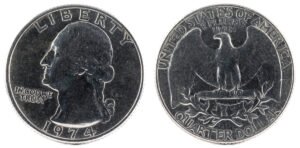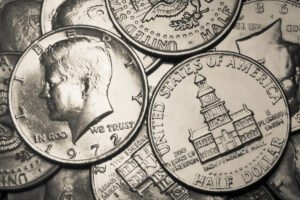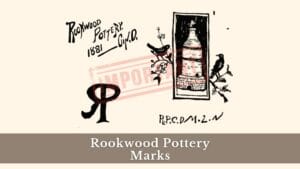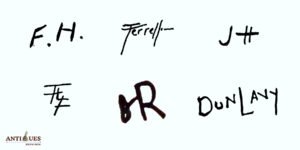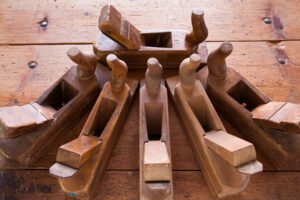At first glance, the 1974 Washington Quarter seems like a regular quarter coin until you discover its fascinating numismatic history. Minted on the eve of the nation’s Bicentennial, it was the last of its kind before the celebratory designs of 1975-1976 would captivate the public.
This makes the coin popular among coin collectors. But if you don’t know what to look for in this clad coin, you may trade a hidden gem for pennies. In this guide, I will tell how certain coin errors and grades make a 1974 quarter precious and how you can assess the coin’s true worth!
History of the 1974 Washington Quarter Dollar
The 1974 Washington Quarter is part of the Washington Quarter series that began in 1932 to commemorate the 200th anniversary of George Washington’s birth. This coin followed the new clad composition, which replaced the original silver content in 1965.
The 1974 quarter is the last coin of the clad series, as the U.S. Mint was preparing for the upcoming Bicentennial celebrations. The following year, in 1975, the Mint would begin producing quarters with special Bicentennial designs dated 1776-1976, marking the end of Washington Quarters.
This new clad composition lasted for 33 long years with the same obverse and reverse designs until the traditional Washington quarter was changed to 50 State quarters, known for its unique designs for 50 US states on the reverse, in 1999.
| 1974 Washington Quarter | Key Facts |
| Coin Composition | copper-nickel-clad |
| Minting Location | Philadelphia, Denver, San Francisco |
| Year of Minting | 1974 |
| Weight | 5.67 g |
| Diameter | 24.26 mm |
| Thickness | 1.75 mm |
| Designer | John Flanagan |
| Face Value | $0.25 (25 cents) |
| Mint Marks | D – Denver Mint |
| Total Mintage | 1,154,616,300 |
Identifying a 1974 Quarter Dollar (Design & Composition)
The 1974 clad quarter, like the preceding quarters, is designed by sculptor John Flanagan with the following design elements:
1974 Quarter Obverse (Heads):
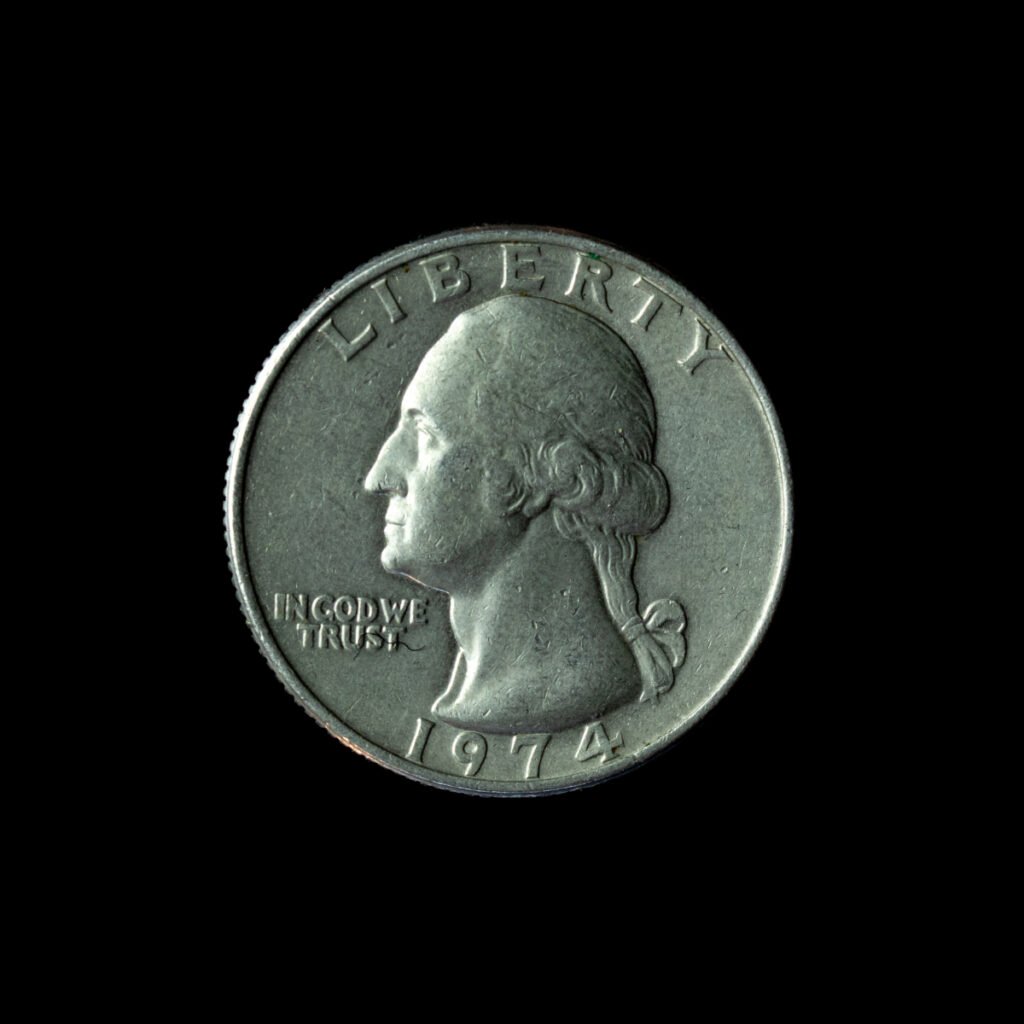
- The left profile of George Washington
- The word “LIBERTY” written above Washington’s head on the top
- The mint year “1974” below at the bottom, below the cameo
- The words “IN GOD WE TRUST” written on the lower-left
- “D” or “S” mint mark, if present, near Washington’s ponytail
1974 Washington Quarter Reverse (Tails):

- The words “UNITED STATES OF AMERICA” along the upper half edge
- A left-facing eagle with spread-out wings and a bundle of arrows in its claws
- The US motto, “E. PLURIBUS UNUM,” in small fonts above the eagle’s head
- Two olive branches tied together below the eagle
- The words “QUARTER DOLLAR” on the bottom
Coin Composition & Dimensions:
Unlike the traditional silver quarters, the 1974 Washington Quarter has a clad composition of 75% copper and 25% nickel (clad layer on copper core), which gives it its characteristic silver-gray appearance.
Besides, this coin weighs 5.67 grams and is 24.3 mm wide and 1.75 mm thick. It also has a well-defined reeded edge.
4 Factors to Find the Value of the 1974 Washington Quarter
The value of a 1974 Washington quarter generally goes up to $400 – $500, but rare examples have also sold for exceptional prices of up to $2,000. So, what makes certain 1974 quarters worth more than others? Let’s understand!
1. Mintage & Mint Marks
The first factor that determines how valuable your 1974 Washington Quarter is its mintage; the higher the mintage, the more common and less valuable the coin. In 1974, only the Philadelphia and Denver Mints produced regular quarter coins.
- 1974-P Washington Quarter (Philadelphia Mint): The Philadelphia Mint produced over 801 million Washington Quarter coins in 1974, with no mint mark. Due to their high mintage, these coins are quite common in the mint state and are worth only around $100 – $350.
- 1974-D Washington Quarter (Denver Mint): All the 353+ million 1947 Washington Quarters struck at the Denver Mint can be distinguished by the small “D” mint mark on the obverse. 1974-D 25C coins are also worth around $200 due to their easy availability and less demand.
| 1974 Quarter Mint Marks | Total Mintage |
| 1974-D Washington Quarter (no mint mark) | 801,456,000 |
| 1974-D Washington Quarter | 353,160,300 |
2. Coin Grade & Condition
The condition of a 1974 Quarter is the second most important factor in determining its worth. Generally, only the excellent or mint condition quarters, graded by professional coin grading services (such as PCGS, NGC, and ANACS), are worth something.
The following 1974 Washington quarter value chart will help you find the average value of your coin based on its condition and grades:
| Coin Grading | 1974-P 25C | 1974-D 25C |
| Poor (0) to Extremely Fine (XF45) | Hardly $1 | Only $1 – $2 |
| Almost Uncirculated (AU50) to Mint State (MS60) | $1 – $8 | Up to $10 |
| Mint State (MS60 – MS66+) | $10 – $40 | $10 – $50+ |
| Mint State (MS67 onwards) | $80 – $380 | $100 – $400+ |
3. Rare Mint Errors in the 1974 Quarter
The value of an old 1974 Washington Quarter Dollar is greatly affected by coin errors. As of now, the following valuable 1974 25C mint errors have been discovered:
Struck on a Cent Planchet
This is another valuable and rare mint error found on a 1974 Washington Quarter that happens when a struck coin gets stuck in the die and strikes subsequent planchets. This results in a deeply cupped coin with a standard obverse or reverse and a negative mirror image on the other side. An MS66 example of this rare 1974 error quarter coin auctioned for $1,265 on Heritage Auctions.
Obverse Struck Thru
This mint error occurs because of a small object coming between the die and the coin planchet during striking, resulting in a distorted or faded design on the coin’s surface. The value of this coin can go as high as $200 – $300, depending on the condition grading.
Broadstruck Error
This error happens when the coin is struck outside of the collar, which normally constrains the coin’s metal, resulting in a wider and thinner coin. A 1974 25C Broadstruck coin is generally worth $40 to $200, depending on the coin grading. One particular coin, ungraded, is listed at $199 on eBay.
Missing Clad Layer
This error coin can be identified by the different tones on each side. One side has a reddish tone, revealing the copper core missing clad layer, and the other side is like a regular clad quarter. An MS63 example of the 1974 25C Missing Clad Layer coin sold for almost $90 on Heritage Auctions.
In addition to these, you can also find some common mint errors, such as Double Die errors and Repunched Mint Mark, which are worth around $100 – $200, based on coin grades.
4. 1974-S Washington Quarter Proof Variety
The San Francisco Mint released a total of 2,612,568 proof Washington Quarters in 1974. Apart from the “s” mint mark on the obverse, these coins differ from regular quarter strikes with their mirror-like finish on the field and sharp, frosted details on the front and back.
Depending on the degree of contrast between the field and raised details, there are three types of 1974 quarter proofs:
- 1974-S 25C DCAM (Deep Cameo): These 1974 quarter proof coins have the most dramatic contrast between the mirrored fields and the frosted devices and, hence, are worth the most. The highest proof-grade example, PR70, can have a high value of up to $700 – $800, like this one that sold for $725 on eBay.

- 1974-S 25C CAM (Cameo): 1974 quarter cameo proofs have a weaker contrast between the mirrored fields and the frosted raised designs. The value of these proof coins ranges from only $10 to $70, even in extremely high proof grades, such as PR68.
- 1974-S 25C Proof: With the standard proof finish and the least contrast between the mirror-like background and frosted design elements, these 1974 proof quarters are only worth around $10 in high proof scales.
How to Spot a Fake 1974 Washington Quarter Dollar
Remember, only authentic 1974 quarters are worth the money. So, follow the given five steps to identify a 1974 Washington Quarter counterfeit before you fix the deal.
- Check the weight: A real 1974 Washington quarter weighs
5.67 grams. Any deviation from this weight indicates that the coin is fake. - Measure the Dimensions: If a 1974 quarter measures less or more than
24.3 mmin diameter, there is a high chance it’s fake. - Examine the edge reading: Real 1974 clad quarters have fine, evenly spaced 119 reeds on the edge, missing which hints at a fake coin.
- Verify the correct mint mark position: If the mint mark “D” or “S” in the proof sets is located at any other place than the right of Washington’s ponytail on the obverse, the coin is fake.
- Check date digits: The digits in the mint year should be clear, crisp, and properly styled. Look for any overlapping in the last digit, “4.” Fake 1974 quarters may have a forged number 4 glued or struck over any other quarter coin.
In a nutshell, the common-looking 1974 Washington Quarters may turn into a fortune if you know what features to look for. Being the last coin of the Washington Quarter series, this coin has a special place in the coin collecting world. So, use this guide to find the best price for your old 1974 quarter.
If you want expert tips for valuing old Washington quarters, such as the 1964 quarter, 1965 quarter, or 1966 quarter, I have detailed guides for each of them!
Note: This article is intended for informational, educational, and entertainment purposes only. Some images are illustrative and may not represent actual brands, products, or related entities. All trademarks, product names, brand logos, packaging, and other intellectual property referenced remain the exclusive property of their respective owners. Any brand mentions or references are provided solely for descriptive and educational context and do not imply any formal or commercial association.

